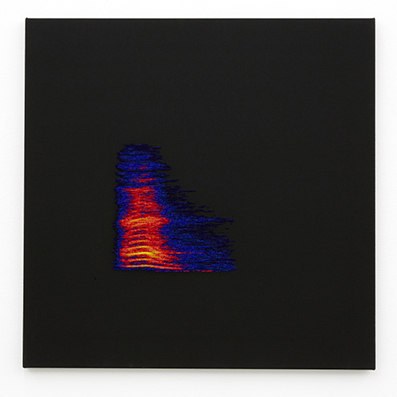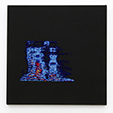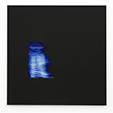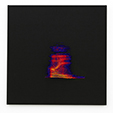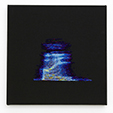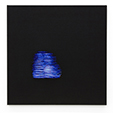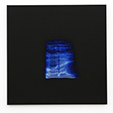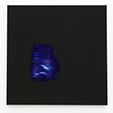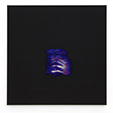The Calls is a series of needlepointed images of spectrograms. Spectrograms are sound visualisations that indicate the frequencies of the sound over time. I have worked with sound visualisations many times in the past such as with
Starter Pistols, 2005-06,
Anti-War Speeches, 2006,
13 conversations, 2006;
Every second is like forever, 2007, including with spectrograms as in
Yes and No, 2009. I’m compelled by the muteness of a visual representation of sound.
The Calls are visual representations of the call “Hey!” in English and its equivalent in other languages. The languages represent those spoken by some of the people currently in detention on Nauru and Manus Island. The works are a reflection on the calls for attention that have been coming from some of the people there. These calls were coming in a range of forms and actions – riots, self-mutilations, self-immolations. Wanting to image those calls and possibly the emotions around them, I recorded the “Hey!” equivalents by local native speakers and used the spectrogram images of the recordings to design the needlepoints.
The abstract spectrogram image seemed most appropriate for this project because it takes on the shape and form of the body – the striations of the vowel sounds mimic ribs in an x-ray, for example. Also the forms are mostly vertical, further implying a body. And as the sound trails in some of the recordings, the image looks like a body moving quickly. Ye-Lahzeh! could be a group of three people.
The colour palettes are fiery or icy reminding me on one hand of the violent riots and acts of self-destruction, and on the other the fall into depression reported by many people in detention.
Eh is Vietnamese.
O-Alay and Hoi are Dari.
Ruko and Suno are Hindi.
Ye-Lahzeh is Farsi.
Machang is Sinhalese.
The qualities of needlepoint including precision, slowness, and meditation contribute to the experience of the work, as does the sound absorbing quality of wool.
